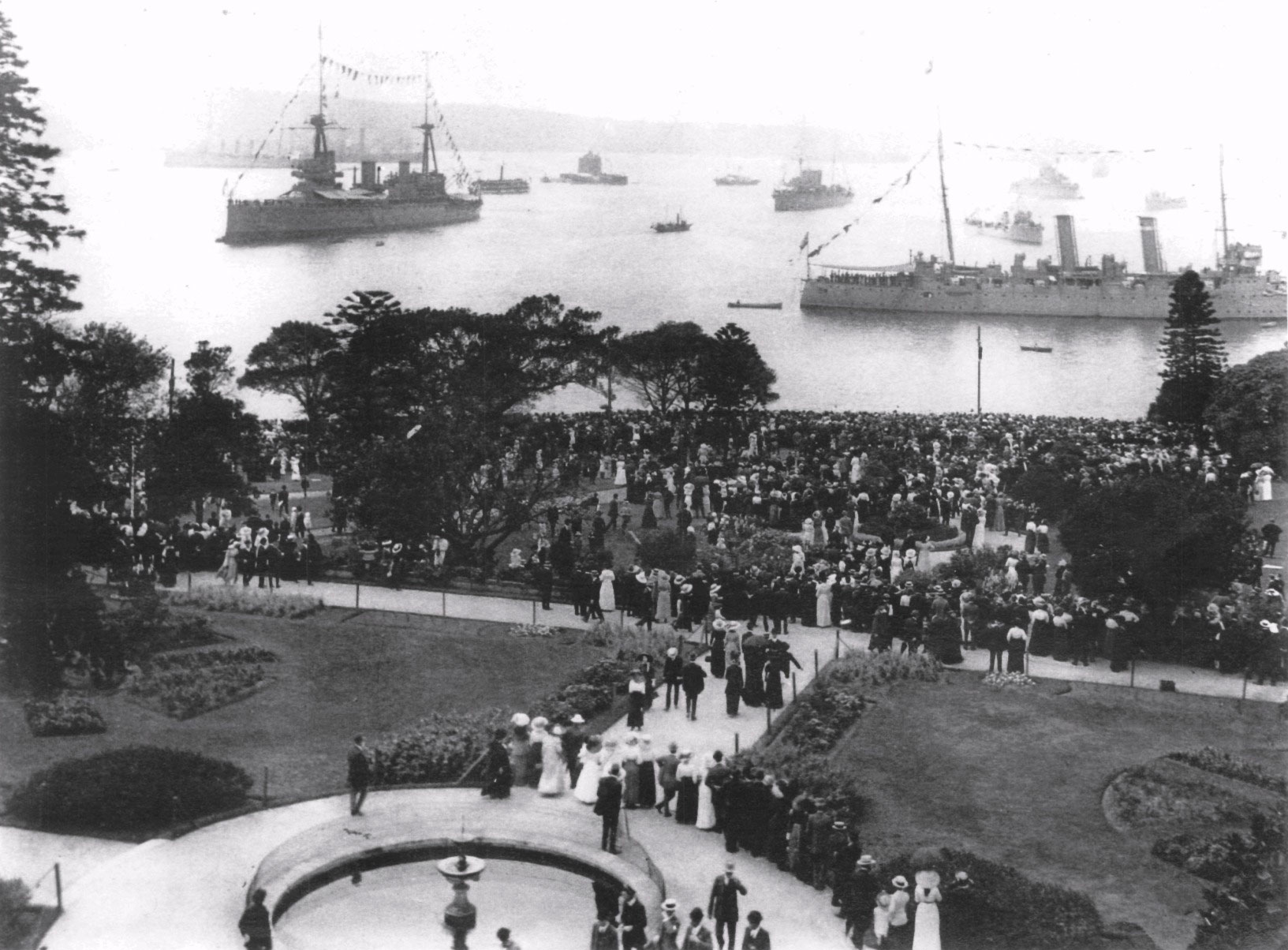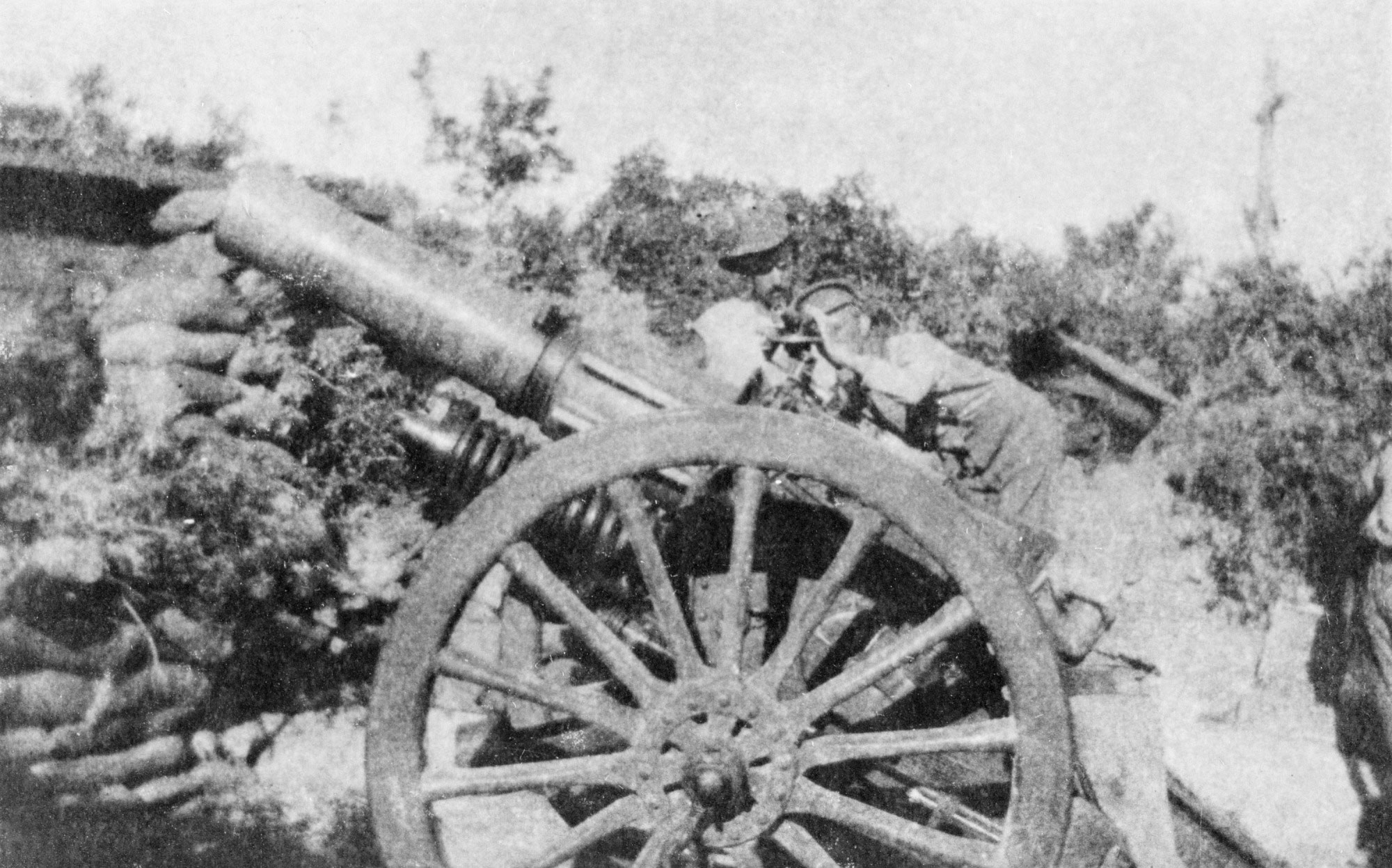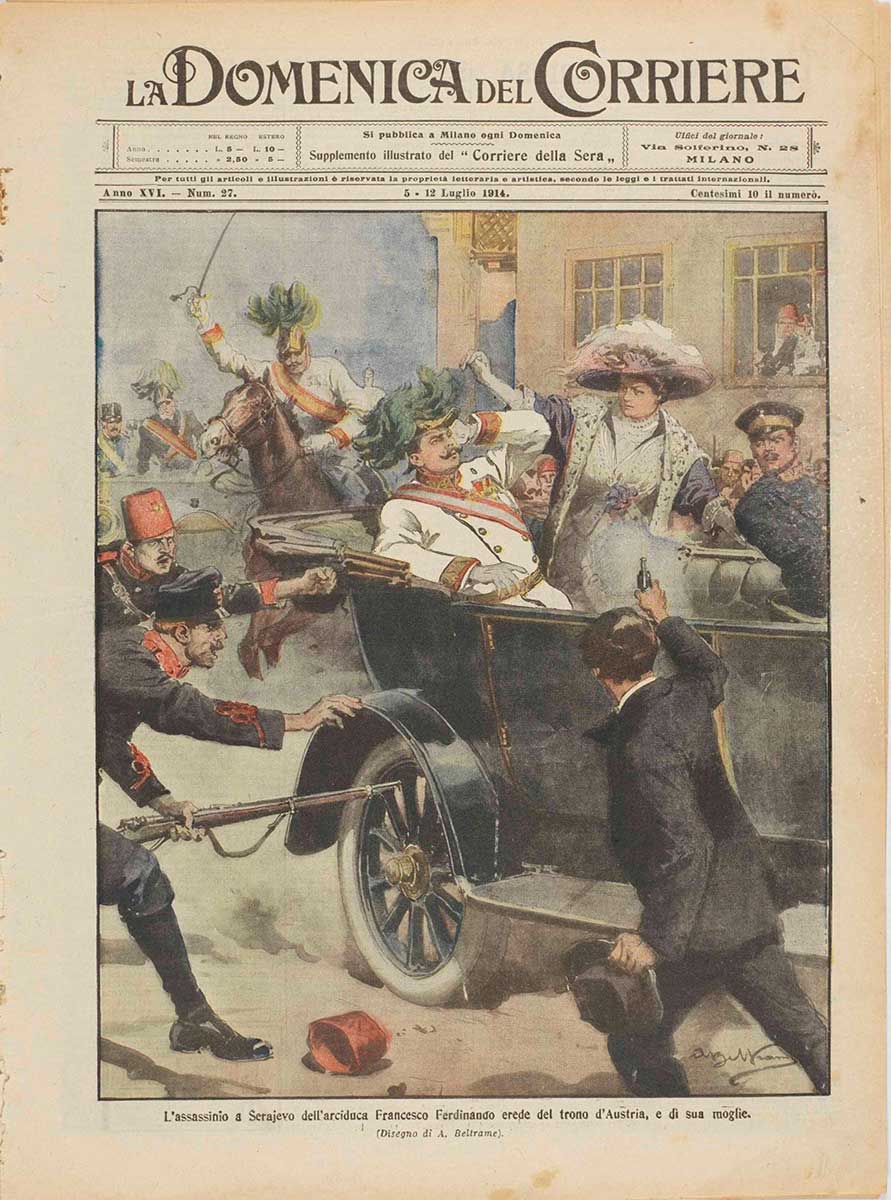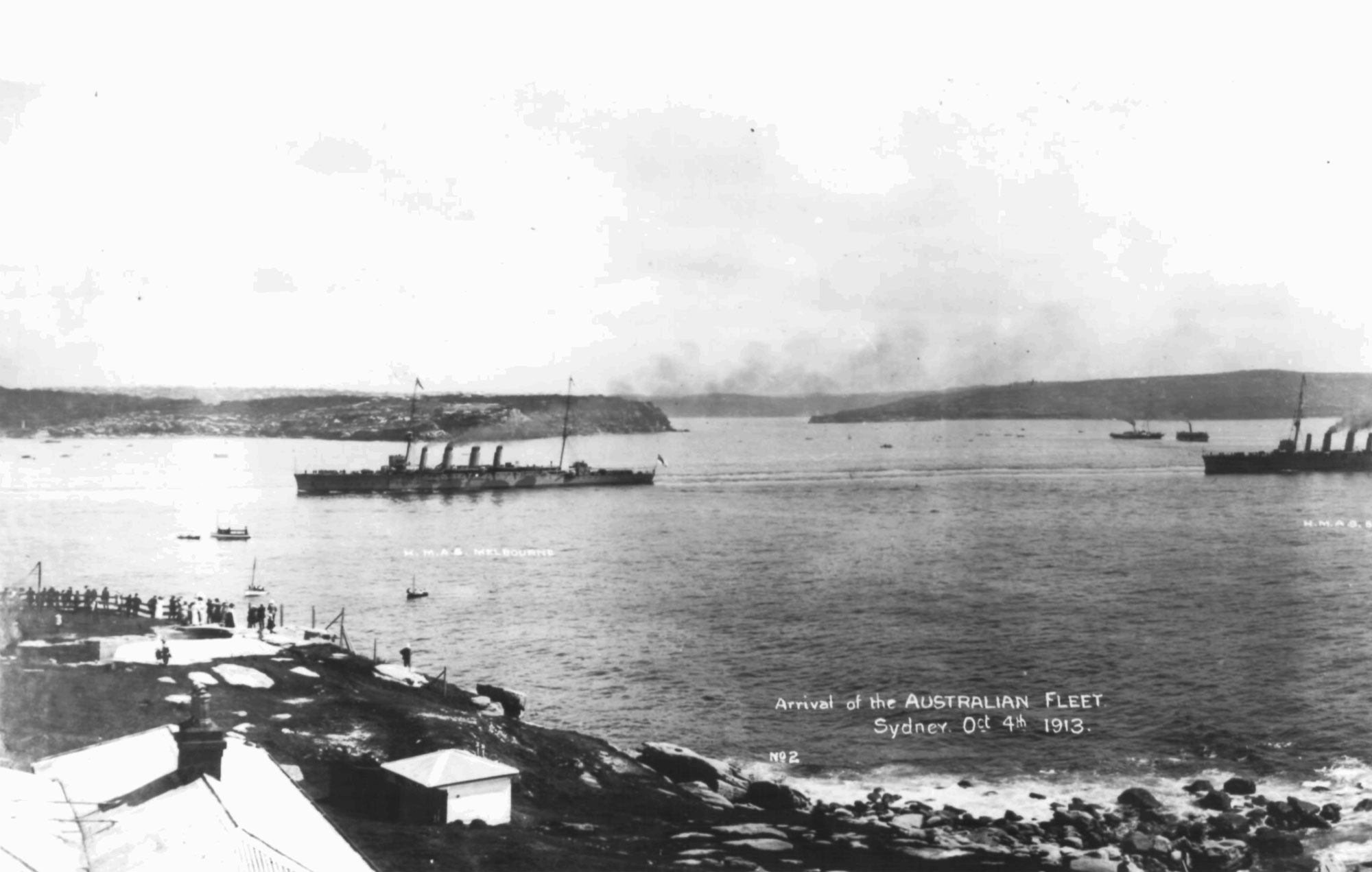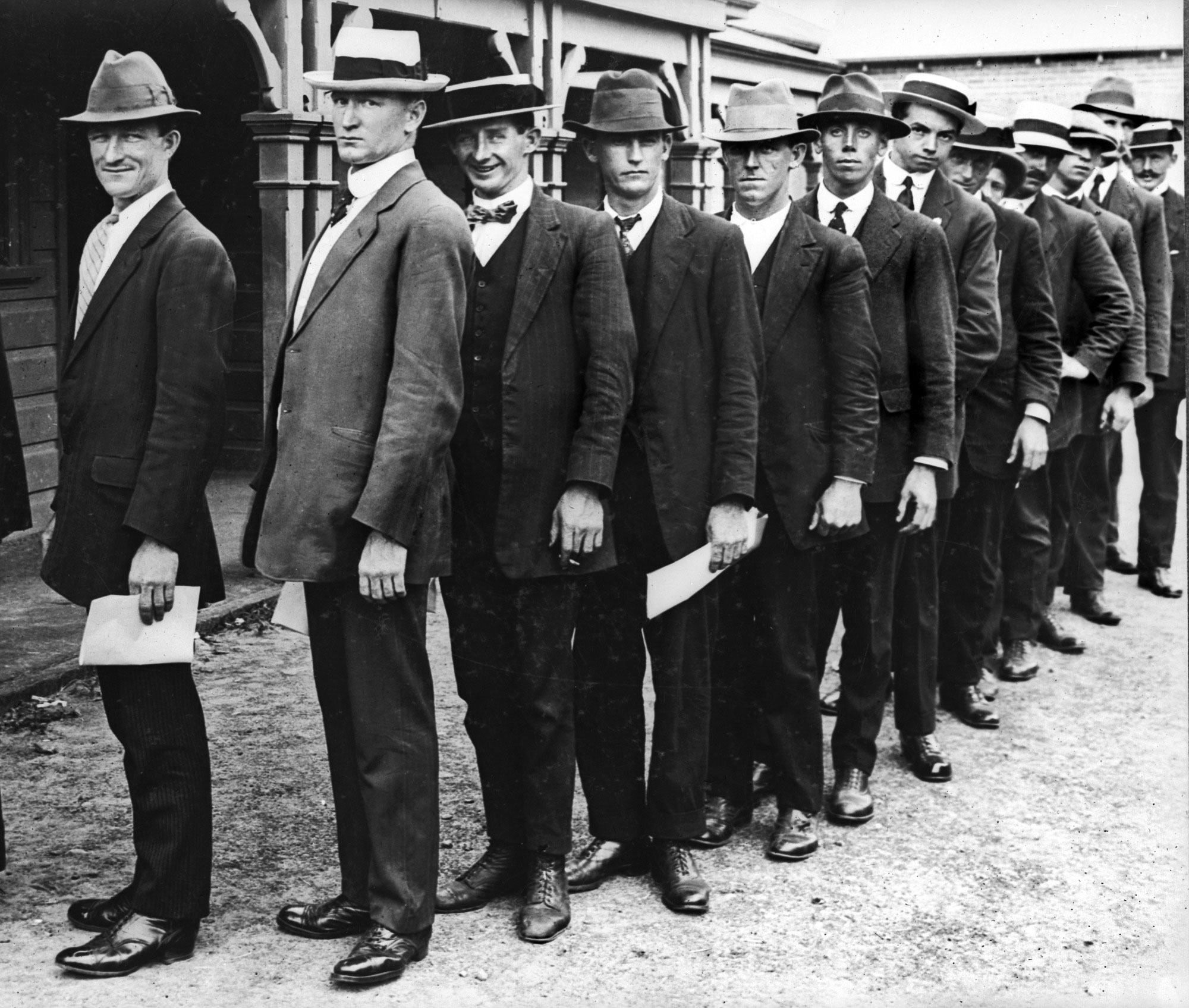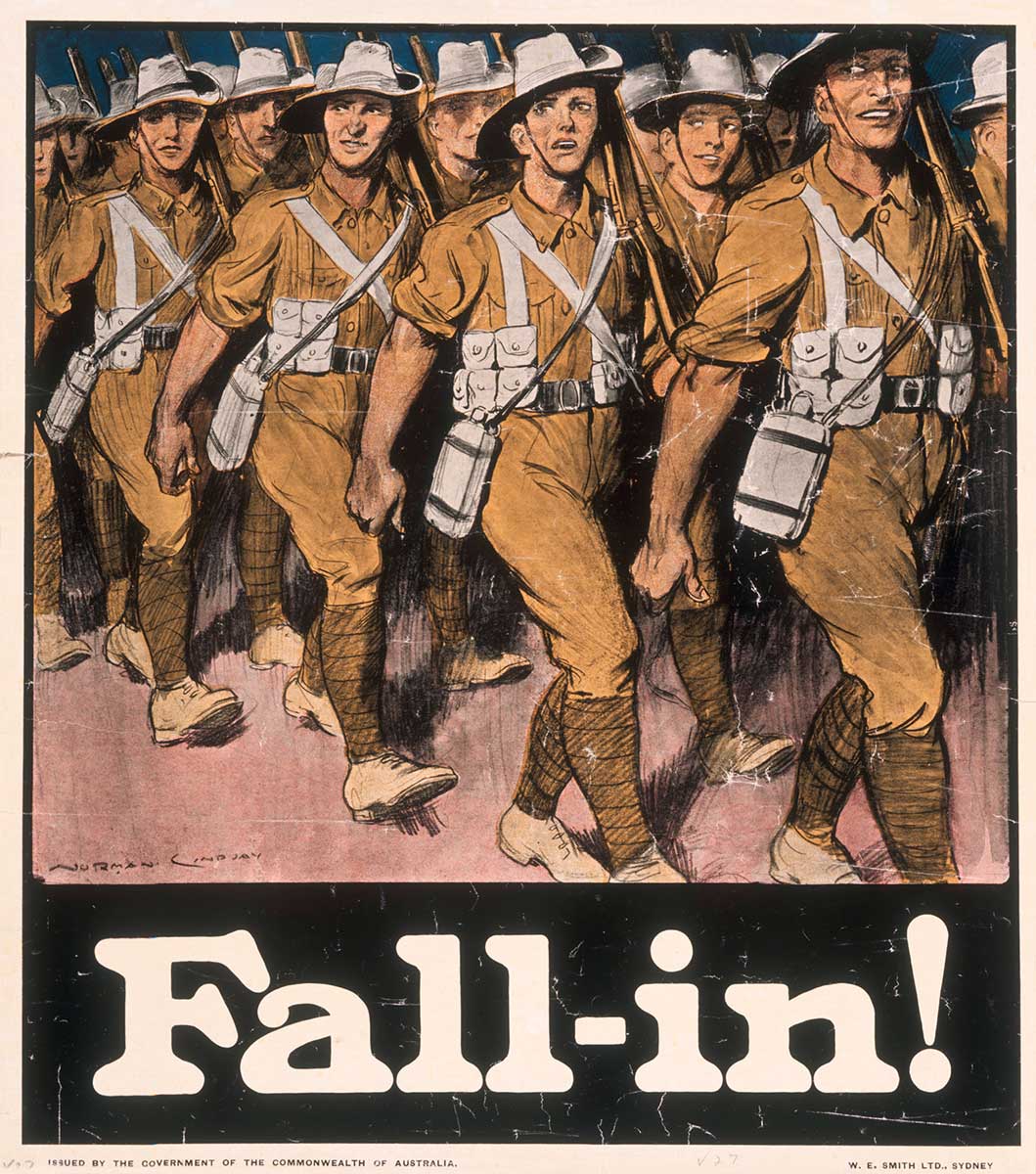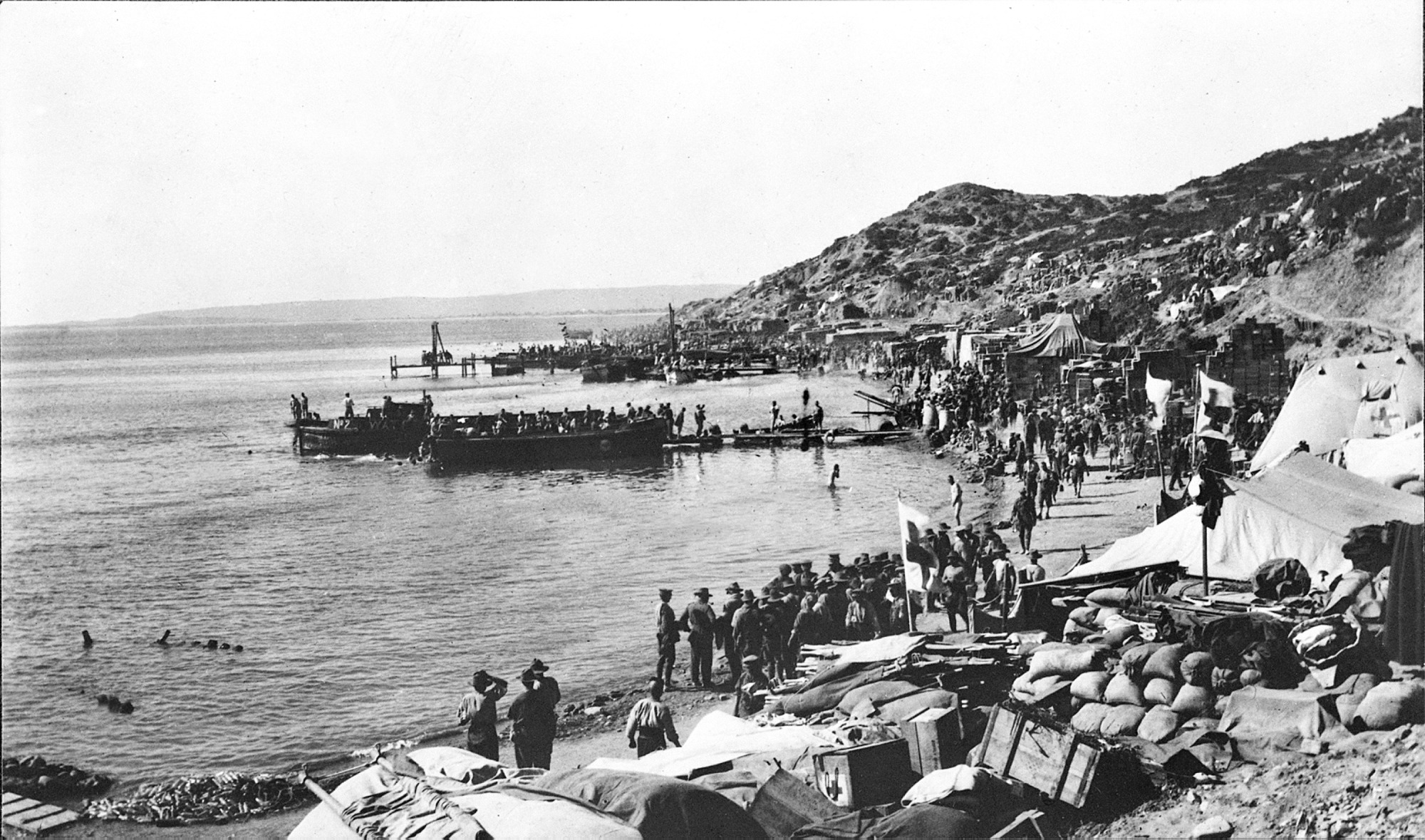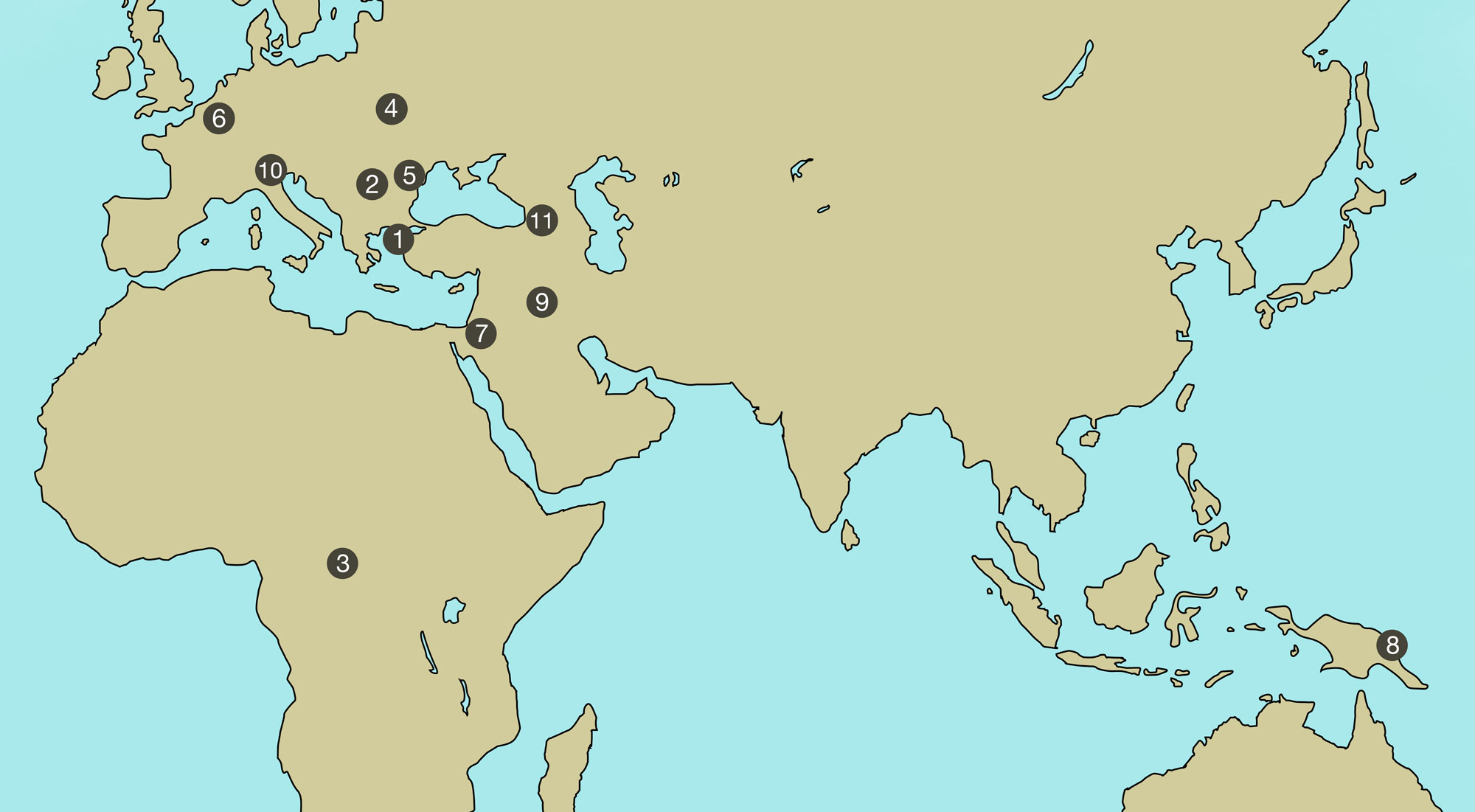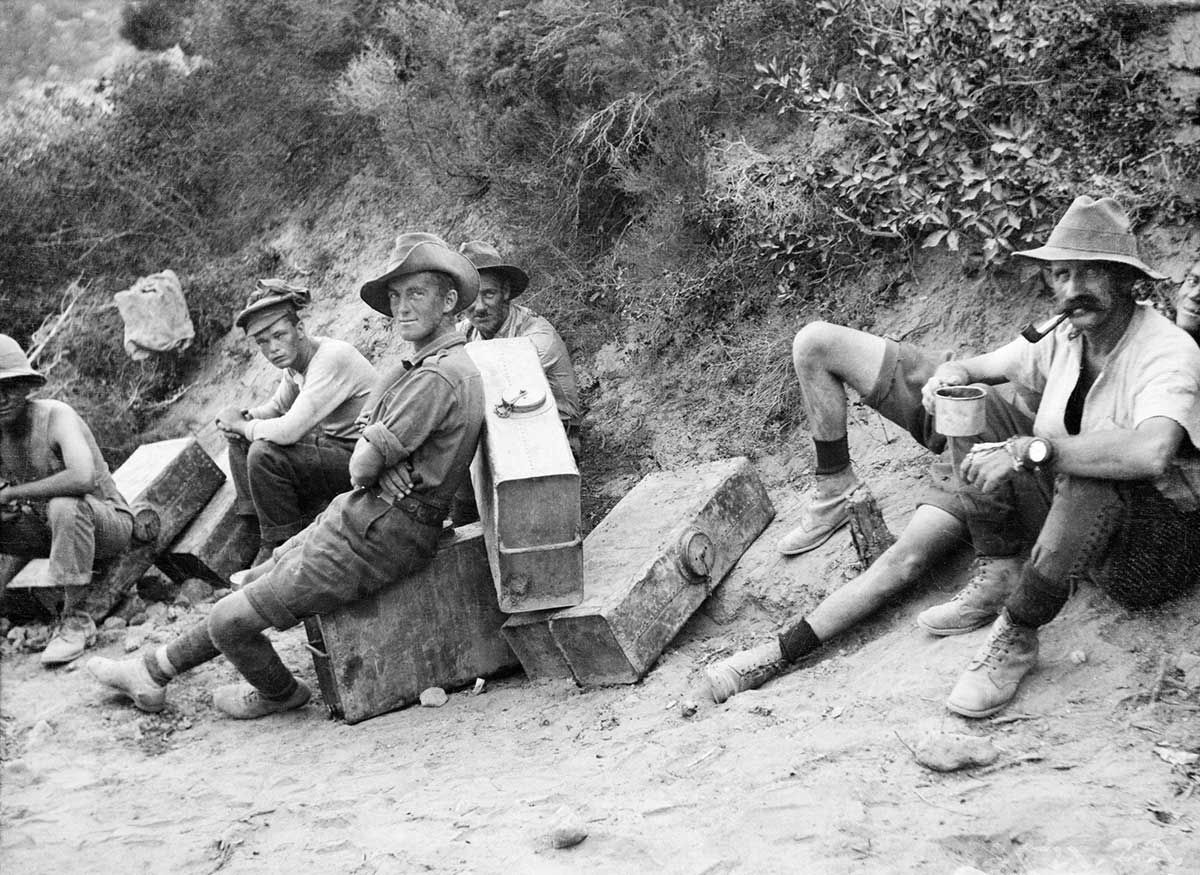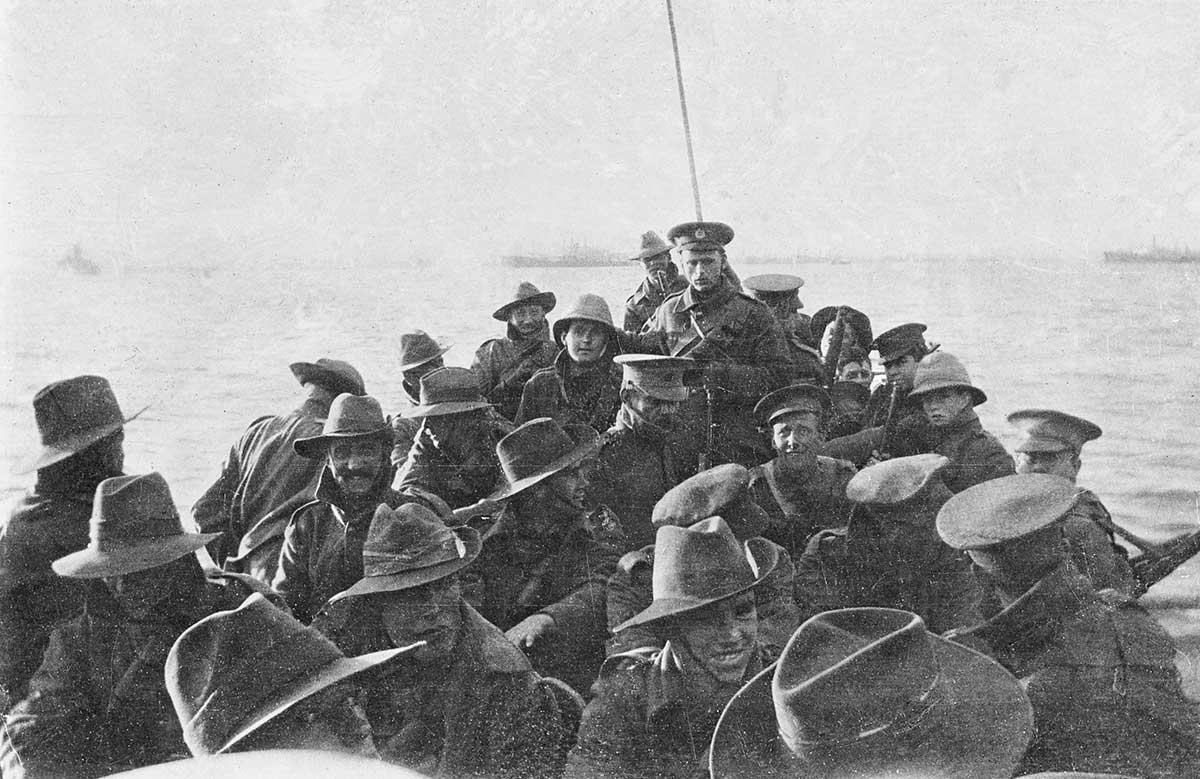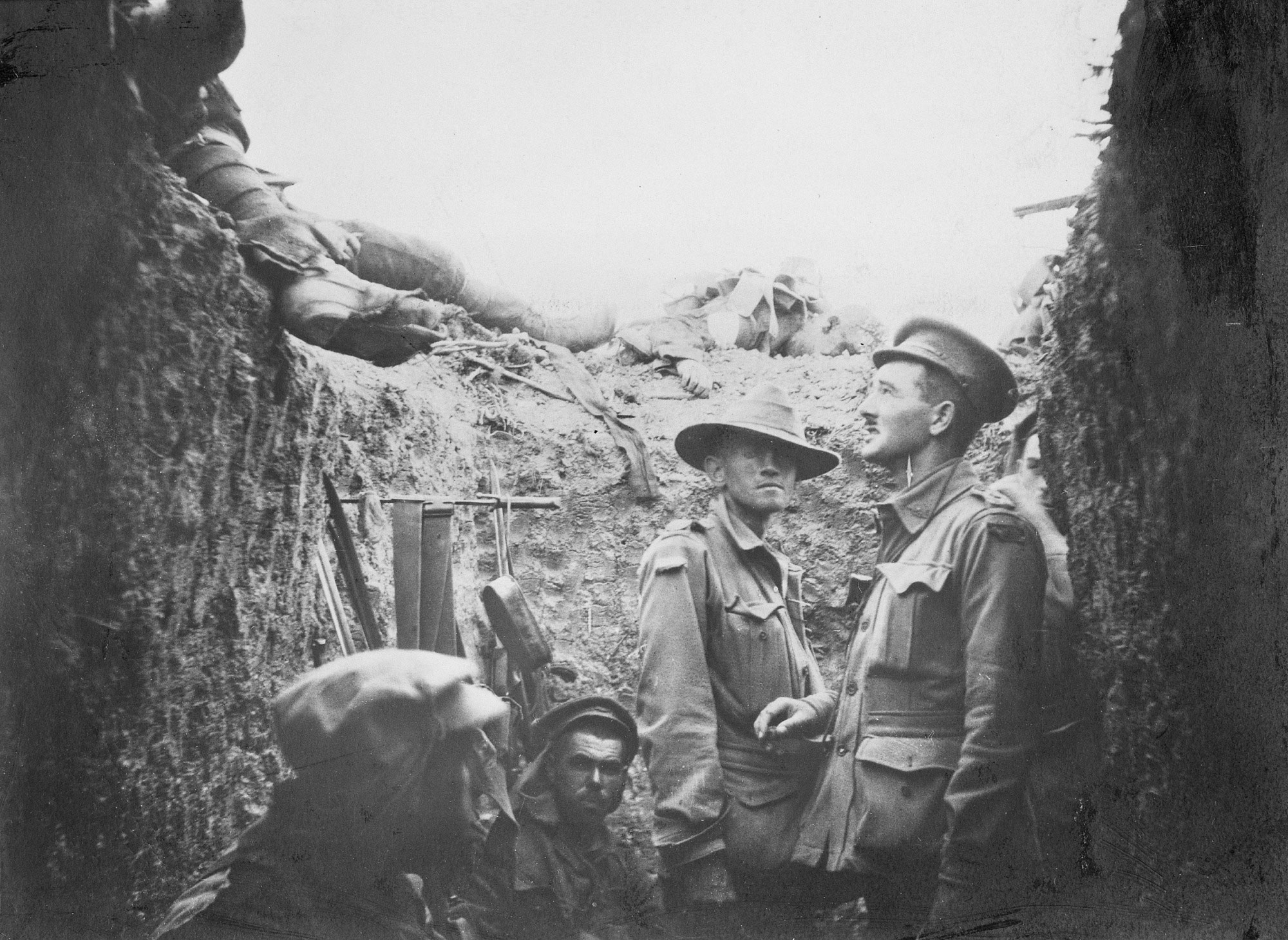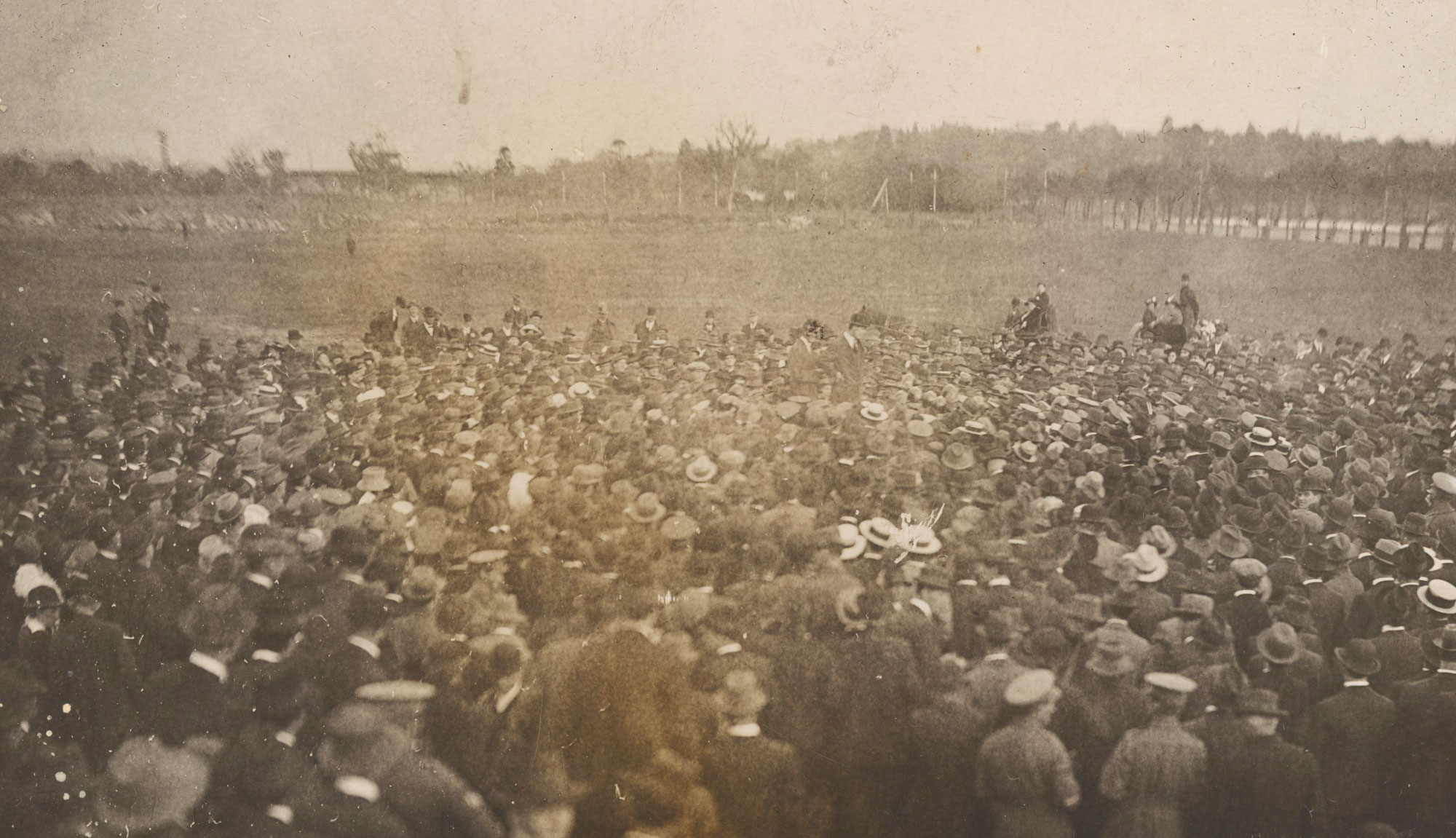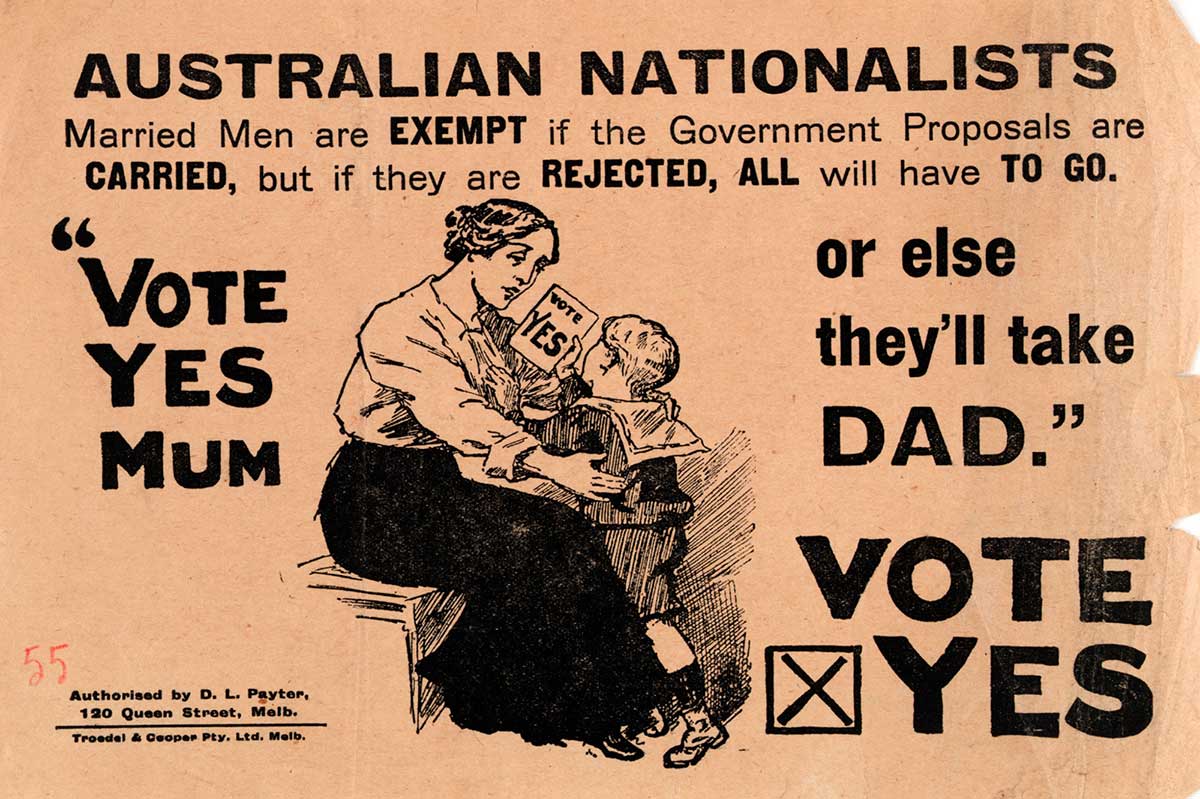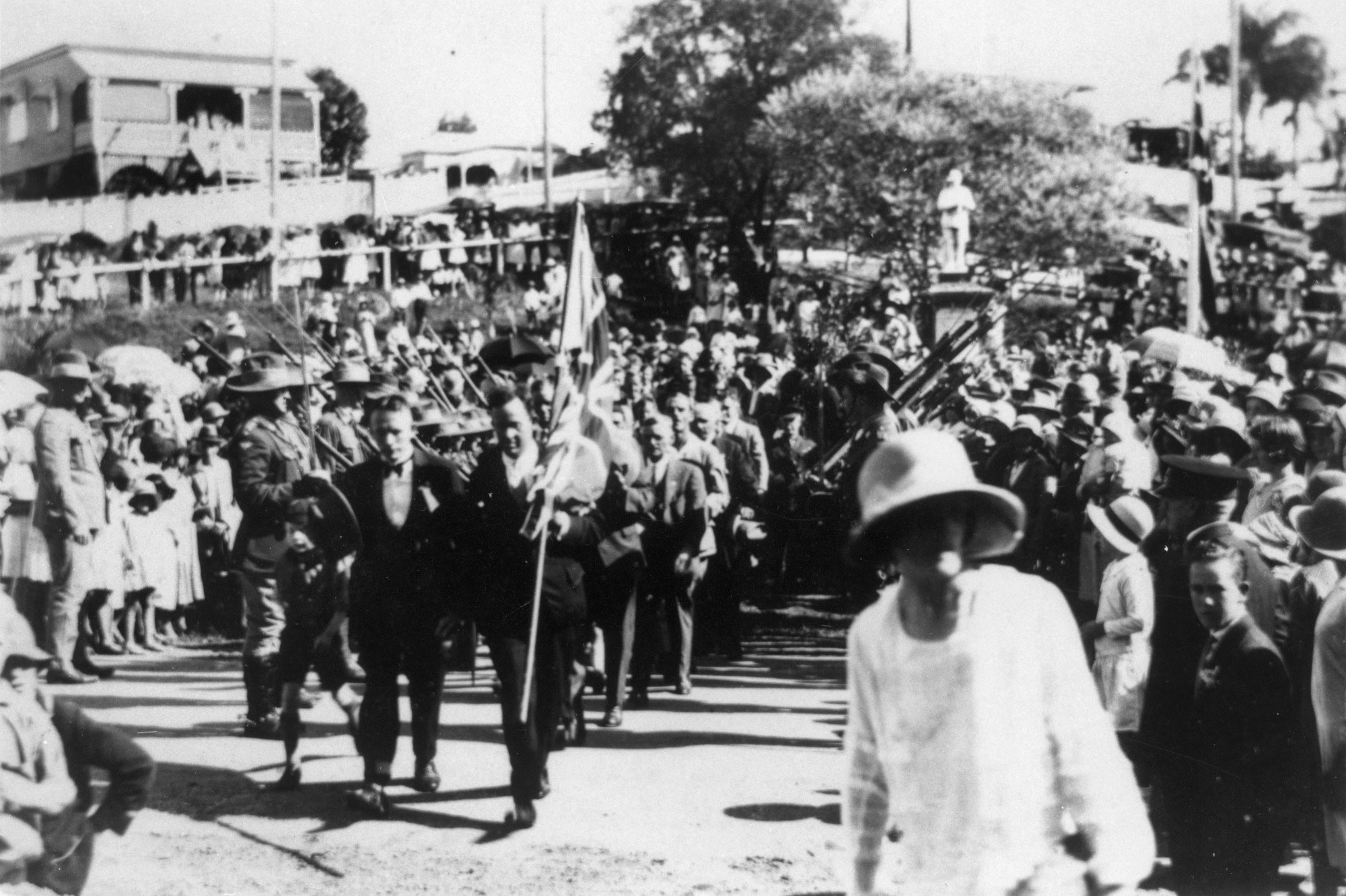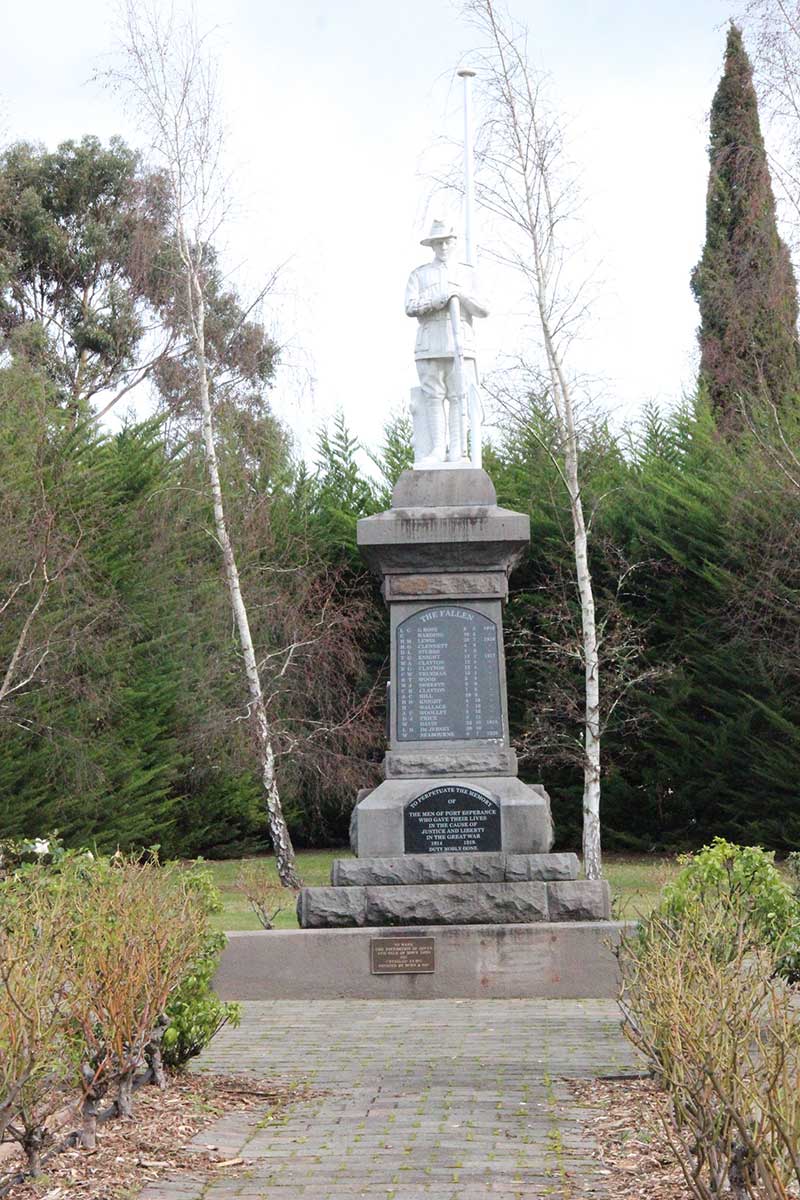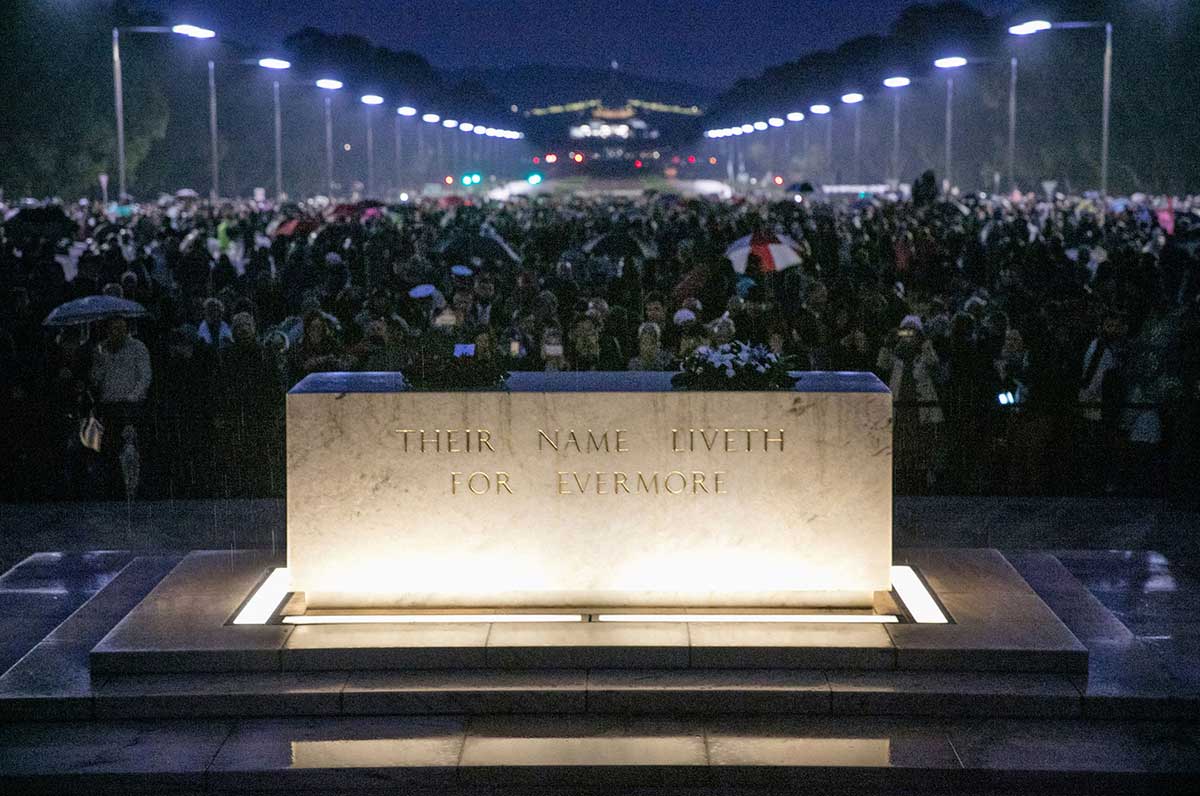First World War Defining Moments, 1914–1918
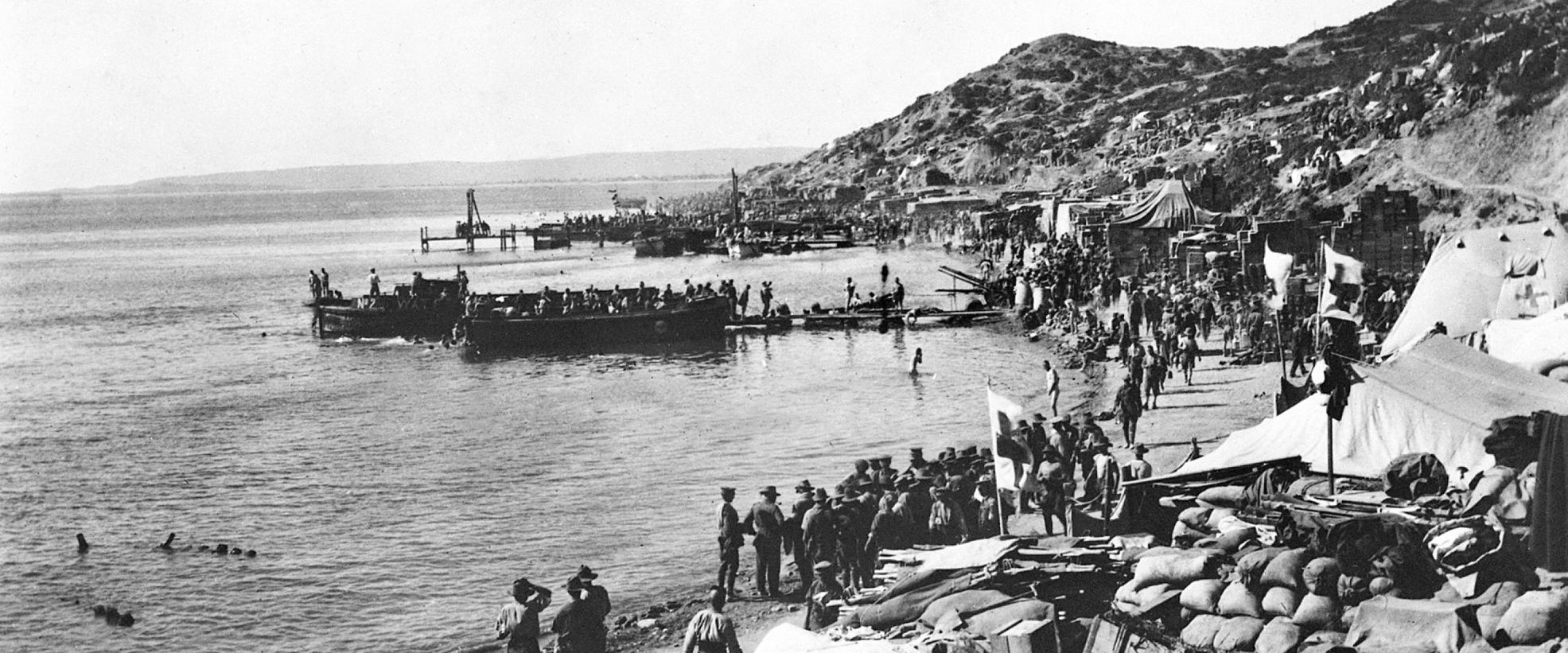
- Year level 9
- Investigations 4
- Activities 21
- Curriculum topic First World War
1. Overview of the learning module
Introduction
This learning module provides resources and classroom activities for teachers to use in their Australian Curriculum: Humanities and Social Sciences Year 9 classrooms.
It supports the History knowledge and understanding strand, for Depth Study 3, World War I (1914–1918).
The learning module focuses on the five key inquiry questions in the history element of the curriculum:
- What were the causes of the First World War?
- Why did Australians volunteer to fight?
- Where did Australians fight, and what was their war experience?
- What impacts did the war have on the Australian home front?
- How have the First World War and the Anzac tradition been commemorated?
Module snapshot
The learning module can be used to create a set of preliminary ideas, understandings and questions that will help students investigate the topic in more detail.
It contains:
- Investigations 1.1–1.6
The set of classroom activities in Investigation 1 introduces students to the concept of people’s and nations’ involvement in war: Why do nations go to war? And why do individuals volunteer to participate in those wars?
Students are presented with a variety of theoretical situations and must decide if they would support the nation going to war in those circumstances. They will see that many similar conditions existed in the events leading to the outbreak of the First World War.
This investigation into causation leads to an empathetic exploration of the reasons why people actually volunteered.
- Investigations 2.1–2.6
Students can now be introduced to an overview of where Australians fought, and the soldiers’ experience of one major campaign, the Gallipoli campaign.
A study of the Gallipoli campaign is fundamental to understanding the development of Australian national identity during the 20th and 21st centuries, and a study of the soldiers and nurses will help them separate the development of the myth or image of the Anzacs from the reality of the time.
Students will need to further explore the Australian experience of war and the nature of the transmission of the Anzac image and national identity, but this activity is an excellent starting point for informing and clarifying their own further investigations.
- Investigations 3.1–3.4
Students are introduced to one aspect of the war — the home front experience.
Students ‘create’ a person in a wartime context, and then subject that person to some of the main pressures, ideas, values and experiences of that time.
Students explore the implicit and explicit meanings and messages of the pro- and anti-conscription propaganda of the time, and the power these messages had to divide that Australian society over a life and death issue.
- Investigations 4.1–4.4
Students use a framework for studying two ways in which their community still tells them about the war — through the local war memorial, and the commemorations and rituals of Anzac Day, 25 April. They start by looking at the information about the first Anzac Day in 1916 and then consider how this day is still part of their community.
Students could present their findings about the way the day is commemorated in a report, or in any of the following ways:
- a photo montage or display
- a letter to a person in another country
- a report for the local newspaper or a school magazine
- a storyboard for a TV documentary (outlining what would be shown and said in each scene).
They might also create an Anzac Day ceremony appropriate for their own school.
Finally, students are encouraged to ask a key question: Is the Anzac tradition, with its history, its reality, its myths, its values and attitudes, and its meaning for national identity, still a relevant and important part of young people’s lives and community today? In doing so they can also consider who might be excluded from this tradition and whether its meanings have changed over time.
- Bringing it together
Students are asked to summarise their answers about the five questions that they have explored in this Depth Study. These answers may change after they have carried out more study.
The learning module is self-contained, and can be used in any of the following ways:
- as whole class activities with all students studying a number of Defining Moments in Australian History that help them understand aspects of Australia’s history
- distributed between small groups, with students reporting back on their findings to the whole class
- as selected enrichment activities for individual students.
The investigations provide a rich digital resource for classroom use. They include contextual information, documents, images, scaffolded comprehension, analytical and extension questions, and individual, group and class activities. Using these materials and activities, students can explore aspects of twentieth century Australian history through text, images and objects.
The learning module has been designed to draw on the National Museum of Australia’s Defining Moments in Australian History, together with some supplementary resources.
What constitutes a defining moment in Australian history, and why some issues and situations can be considered more significant than others, is an underlying theme that can be raised with students throughout the module.
2. Student activities
Student activities
Investigation 1: The causes of the First World War
Investigation 2: The Australian War
Investigation 3: The Australian home front
Investigation 4: Commemoration and the Anzac spirit
Bringing it together
3. Relevant Defining Moments in Australian History
The learning module draws on the resources on the Defining Moments in Australian History website, together with supplementary materials.
Defining Moments that are relevant to the inquiry questions in the curriculum include:
|
1913 |
The newly created Royal Australian Navy’s ‘fleet unit’ sails into Sydney Harbour |
Investigation 1 |
|
1915 |
Investigation 2 |
|
|
1916 |
Investigation 4 |
|
|
1916–17 |
Conscription for military service overseas defeated in two referendums |
Investigation 3 |
Simplified versions of many of the relevant Defining Moments are also available:
|
1915 |
The campaign that defined a nation — Australian troops land at Gallipoli |
Investigation 2 |
|
1916 |
Investigation 4 |
|
|
1916-17 |
Investigation 3 |
4. Australian Curriculum level and focus
Historical knowledge and understanding
Students will cover the following areas:
- An overview of the causes of World War I and the reasons why men enlisted to fight in the war (ACDSEH021)
- The places where Australians fought and the nature of warfare during World War I, including the Gallipoli campaign (ACDSEH095)
- The impact of World War I (ACDSEH096)
- Identifying the groups who opposed conscription
- Studying the first and second referenda on conscription
- The commemoration of World War I, including debates about the nature and significance of the Anzac legend (ACDSEH097)
Historical skills
Students will exercise the following historical skills:
Chronology, terms and concepts
- Use chronological sequencing to demonstrate the relationship between events and developments in different periods and places (ACHHS182)
- Use historical terms and concepts (ACHHS183)
Historical questions and research
- Identify and select different kinds of questions about the past to inform historical inquiry (ACHHS184)
- Evaluate and enhance these questions (ACHHS185)
- Identify and locate relevant sources, using ICT and other methods (ACHHS186)
Analysis and use of sources
- Identify the origin, purpose and context of primary and secondary sources (ACHHS187)
- Process and synthesise information from a range of sources for use as evidence in an historical argument (ACHHS188)
- Evaluate the reliability and usefulness of primary and secondary sources (ACHHS189)
Perspectives and interpretations
- Identify and analyse the perspectives of people from the past (ACHHS190)
- Identify and analyse different historical interpretations (including their own) (ACHHS191)
Explanation and communication
- Develop texts, particularly descriptions and discussions that use evidence from a range of sources that are referenced (ACHHS192)
- Select and use a range of communication forms (oral, graphic, written) and digital technologies (ACHHS193)
Interdisciplinary thinking
Students will engage with the concepts of:
- significance
- continuity and change
- cause and effect
- place and space
- interconnections
- roles, rights and responsibilities
- perspectives and action.
Cross-curriculum priorities
Students will have been involved in additional learning about aspects of:
- Aboriginal and Torres Strait Islander societies
- Asia and the Pacific
- sustainability
Source: The Australian Curriculum Humanities and Social Sciences v8.3, December 2016, viewed 1 November 2018
5. History outcomes matrix
All case studies in the learning module have been designed to help students develop the knowledge and skills outcomes specified in the Australian Curriculum — History. At the end of each case study teachers could use this matrix to help guide student discussion about what they have achieved from the case study. The matrix is suitable to be used from Years 5–10, but with teachers guiding the discussion as appropriate to the particular class. It could also be used for assessment purposes.
| Outcome | Elaboration or Explanation | Applying this to each case study |
|---|---|---|
| KNOWLEDGE | Comprehending what happened factually. | What happened? |
| UNDERSTANDING | Being able to explain what happened and why. | Explain why it happened. |
| CHRONOLOGY | Knowing how events occurred in time and place. | Explain how events unfolded. |
| CAUSE AND EFFECT | Understanding why events occurred as they did and the impacts or effects they had. | Explain the causes of the event and its impacts. |
| EMPATHY | Looking at events from the different perspective of participants. | Why do you think people at the time might have behaved in this way? |
| CHANGE AND CONTINUITY | What changed and what remained the same after the event. | Explain how the event changed some aspects, but not others. |
| VOICE OR AGENCY | Understanding whose voice or perspective is included and excluded in the record of the event. | Which people or groups involved in, or affected by, the event have been represented? Which groups have not yet been represented? |
| JUDGEMENT | Deciding on the benefit or harm created by the event. | Explain why you think the event was beneficial or harmful, or both. |
| SIGNIFICANCE | Explaining why it might be considered a ‘Defining Moment’ in Australian history. | Do you think it was a significant and impactful event? Explain why you do or do not think this event is significant to Australian history. |
6. History source analysis guide
Some of the case studies involve students using historical skills to evaluate primary sources of evidence. This process involves identifying ‘bias’ but also many other features of the evidence. Students can use a source analysis guide to help them interrogate sources.
| Aspects | Elaborations | Document | Image | Artefact |
|---|---|---|---|---|
| DESCRIPTION | How would you describe or classify it? What type of evidence is it? | e.g. an official government report, a diary entry, transcript of an interview recorded 40 years after the event | e.g. a photograph from the time, a propaganda poster, a satirical cartoon | e.g. a made object |
| ORIGIN | Who created it? When? Where? | e.g. an eyewitness account from a participant on one side, a family story handed down for generations, a newspaper report that quotes several participants | e.g. an eyewitness, a government body, a newspaper cartoonist | e.g. created at the time, used at the time, technique used, materials used, made by all or specialised skills |
| CONTEXT | What were the conditions at the time? How could they have influenced its creation? | e.g. created during a period of crisis, created years later after the events had finished | e.g. created during a period of crisis, created years later after the events had finished | e.g. typical of the time or an innovation, specialised or mass production |
| AUDIENCE | Who was it created for? How widespread would it have been? | e.g. a political party, a mass protest, an official inquiry, a personal record | e.g. a political party, a mass protest, an official inquiry, a personal record, a readership | e.g. elite people or ordinary people |
| PURPOSE | Why was it created? What is its style or tone? | e.g. as an official record, to influence people to join a political party, to criticise somebody | e.g. to entertain, to persuade or influence, to criticise, to reveal information, to record facts | e.g. everyday use or specialised use, domestic use or trade |
| RELEVANCE | What does it help you know and understand about what you are investigating? | e.g. people involved, places, times, attitudes, values of the time, supporters and opponents | e.g. people involved, places, times, attitudes, values of the time, supporters and opponents | e.g. work, leisure, education, attitudes, values, everyday life, food |
| RELIABILITY | What is its authority, accuracy and believability? | e.g. factual accuracy, person in a position to know, first-hand or second-hand | e.g. factual accuracy, person in a position to know, first-hand or second-hand | e.g. typical or unusual, how closely associated with the events |
7. Learning at the National Museum of Australia
Enjoying our online teaching resources? Why not check out what else we have to offer?
We run onsite school programs, digital excursions and teacher professional learning programs.
Discover more about defining moments in Australian history through these curriculum-linked learning activities.






